I have tried using various formulas, but I have been unable to achieve the desired output. Which is all possible permutations of given data.
Could someone please provide me with a formula or approach that can help me generate this output pattern in MS Excel?
Input:
Ram
Sham
Raj
Rahul
Ravi
Output:
Ram Sham Raj Rahul Ravi
Ram Raj Rahul Ravi Sham
Ram Rahul Ravi Sham Raj
Ram Ravi Sham Raj Rahul
Sham Ram Raj Rahul Ravi
Sham Raj Rahul Ravi Ram
Sham Rahul Ravi Ram Raj
Sham Ravi Ram Raj Rahul
Raj Ram Sham Rahul Ravi
Raj Sham Rahul Ravi Ram
Raj Rahul Ravi Ram Sham
Raj Ravi Ram Sham Rahul
Rahul Ram Sham Raj Ravi
Rahul Sham Raj Ravi Ram
Rahul Raj Ravi Ram Sham
Rahul Ravi Ram Sham Raj
Ravi Ram Sham Raj Rahul
Ravi Sham Raj Rahul Ram
Ravi Raj Rahul Ram Sham
Ravi Rahul Ram Sham Raj
I tried few permutation generator formulas but these not giving expected results:
=INDEX($A$1:$A$5,MOD((ROW()-1)*5+COLUMN()-2,5)+1)



